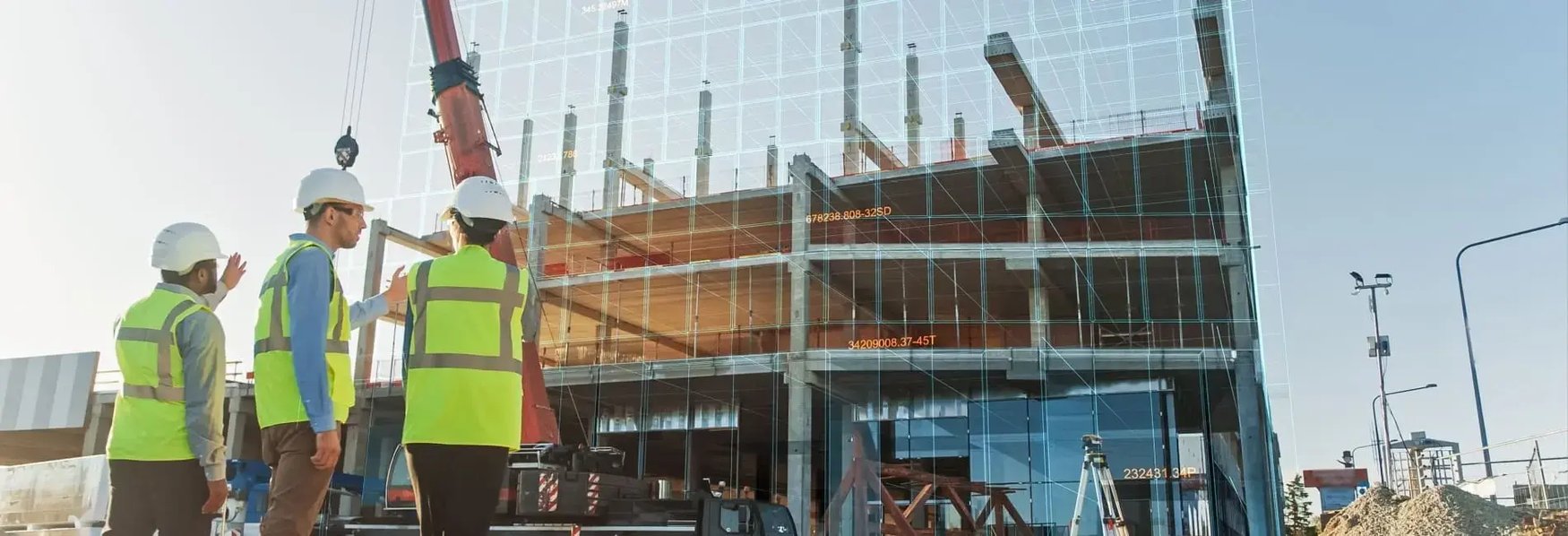5 MEP Strategies for Seamless Architectural Integration

In the evolving world of architecture, blending design and functionality is a high-wire act. At the core of this balance lies the integration of Mechanical, Electrical, and Plumbing (MEP) systems. These systems are the lifeblood of any building, ensuring everything from climate control to power supply operates smoothly. But how do architects incorporate these essential elements without overshadowing their creative vision? This guide will explore five strategies to seamlessly integrate MEP systems into architectural designs, preserving both aesthetics and functionality.
Understanding MEP's Role in Architecture
MEP systems are crucial for keeping the lights on, the air fresh, and water flowing in modern buildings. Their importance goes beyond mere functionality; they are pivotal in influencing the comfort and experience of occupants. However, integrating these systems while maintaining architectural beauty requires a blend of art and science.
Architects often face the challenge of balancing aesthetic appeal with functional demands. MEP systems should be a manageable part of the design process. Successfully merging function and aesthetics ensures that buildings look good and offer modern conveniences. By viewing MEP as an integral design element, architects can uphold architectural integrity while providing efficient solutions.
As per a recent report, MEP costs can make up to 25% of a construction budget. For example, if a residential building costs $1,000,000, the MEP portion could be around $250,000.
1. The Importance of Early MEP Involvement
The earlier MEP engineers are involved in the design process, the better the project outcomes. Collaboration from the outset allows architects and engineers to tackle potential challenges head-on. This proactive approach leads to informed decisions that align closely with the design vision.
Early involvement means real-time adjustments can be made to meet both architectural and functional goals. This kind of collaboration fosters a cohesive design where MEP systems blend seamlessly into the overall structure, enhancing both aesthetics and performance. Furthermore, addressing challenges early helps avoid costly revisions and delays, preserving the architectural integrity of the project.
2. Better Coordination with Technical Requirements
While conceptual design focuses on the grand vision, it's the small details that can impact the final outcome. Prioritizing the technical requirements of MEP systems early on is crucial. This ensures that the building meets all necessary standards without compromising on aesthetics.
Key details often involve the strategic placement of outlets, fixtures, and other utilities. By paying close attention to these elements, architects can maintain both the functional and visual harmony of the building. Balancing functionality with beauty prevents the need for occupants to adapt to the building’s limitations, resulting in a more user-friendly and visually appealing space.
3. Adapting to Changing Building Codes and Regulations
Building codes and regulations are in a constant state of flux, impacting how MEP systems are integrated into architectural designs. Staying updated on these changes is crucial for architects to ensure compliance while maintaining design integrity.
Understanding building codes is essential for aligning MEP systems with legal requirements without sacrificing aesthetics. While new regulations can pose challenges, they also offer opportunities for innovation, allowing architects to incorporate the latest technologies and techniques into their designs. By staying ahead of these changes, architects can create buildings that are compliant, cutting-edge, and visually stunning.
4. Maximizing Energy Efficiency Through Design
Energy efficiency is not just a trend; it's a necessity for modern buildings. It affects operational costs and has a significant environmental impact. Architects play a vital role in enhancing energy efficiency by strategically integrating MEP systems into their designs.
This integration requires a comprehensive understanding of how MEP systems interact with the building's structure and environment. Elements like insulation, ventilation, and lighting must be carefully considered to optimize overall efficiency. A holistic approach to MEP integration enhances both the functionality and aesthetics of the building, showcasing an architect's commitment to sustainability.
5. Enhancing Occupant Comfort with MEP Integration
Occupant comfort is a critical factor in the success of any building. It influences satisfaction and productivity among its users. Architects can significantly enhance comfort by thoughtfully integrating MEP systems into their designs.
This requires a deep understanding of how these systems interact with the building's environment. Key components such as temperature control, air quality, and lighting must be addressed to ensure a comfortable experience. By prioritizing occupant comfort, architects create spaces that are not only visually appealing but also enhance the quality of life for those who use them.
As per the report, The global MEP services market is projected to increase by USD 111.19 billion at a CAGR of 13.5% between 2023 and 2028.
Conclusion
In the realm of architecture, preserving design integrity while seamlessly incorporating MEP systems is a complex yet rewarding challenge. With the right strategies and a collaborative mindset, architects can create spaces that are both beautiful and efficient. Partnering with experts such as NY Engineers can provide the best MEP design solutions, ensuring that the architectural vision remains intact and inspiring for future generations. By focusing on innovation and a commitment to excellence, architects can build with integrity and inspire others to do the same.

Keith Fink
Keith is the Franchise Brand Manager at NY Engineers, Keith is all things related to our project portfolio, brands and all things you need to know before we start your project.
Join 15,000+ Fellow Architects and Contractors
Get expert engineering tips straight to your inbox. Subscribe to the NY Engineers Blog below.

